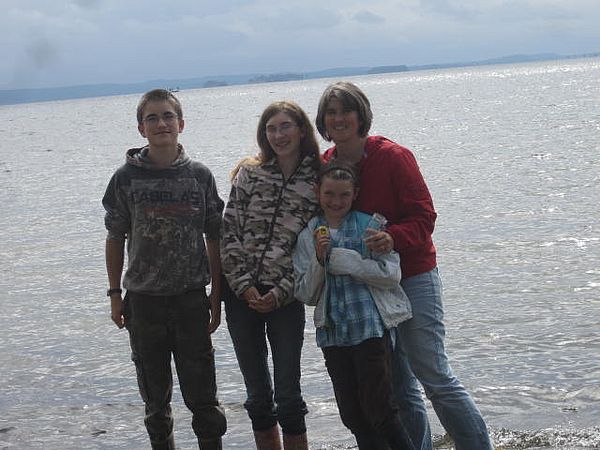Hats off to the great group of dedicated blue-green algae monitoring volunteers who are reporting on water quality from over 80 Lake Champlain shoreline locations, six sites on Lake Carmi and one on Lake Iroquois. LCC has trained over 300 individuals this season to identify blue-green algae, including state and municipal recreational staff and water treatment system operators.
Sign-up online to get our blue-green algae reports delivered to your inbox. They include an update on conditions at all our monitoring locations and are emailed weekly from mid-June through September. You can also use the blue-green algae data tracking map to see the latest reports. LCC staff review and vet reports on a daily basis and make them available for viewing. All you need is an internet connection to keep apprised of conditions from monitoring locations. Once you get to the data tracking site, select a lake or section of Lake Champlain and then click on a dot. The date of the last monitoring report and status of conditions will appear. Green dots indicate generally safe conditions, yellow dots note low alerts, and red dots highlight high alerts. The low and high alert ratings don't change until the next report is filed.
LCC developed the Lake Champlain blue-green algae monitoring program in 2003/2004 and has overseen the citizen-based effort ever since. The focus of the program is to raise awareness of the issue, build a database of information on bloom frequency, and identify and publicize any potential health hazards. The information gathered will help us better understand the triggers for blooms and aid in the work to reduce their frequency.
Help Raise Awareness About Blue-green Algae
As people interested in water quality, please help spread the word about the risks of blue-green algae and actions to take, particularly if you see people or pets recreating in bloom conditions. No one should drink untreated lake water regardless of whether or not there is a bloom. If you draw water from the lake and suspect a bloom near your intake, don't drink, cook, wash dishes or shower with the water. Boiling water doesn't destroy toxins.
Blooms are caused by a combination of warm water temperatures and high concentrations of nutrients in the water, particularly phosphorus. Reducing the supply of phosphorus is key to reducing blooms. So please continue to take actions around your home and workplace and advocate for stringent controls to reduce nutrients flowing into the lake. Here are additional resources:
- <link lcc-at-work algae-in-lake _blank>Blue-green Algae in Lake Champlain
- Blue-green Algae Fact Sheet
- Blue-green Algae Fact Sheet for Veterinarians
- LCC flier on how to differentiate blooms from other lake phenomena
